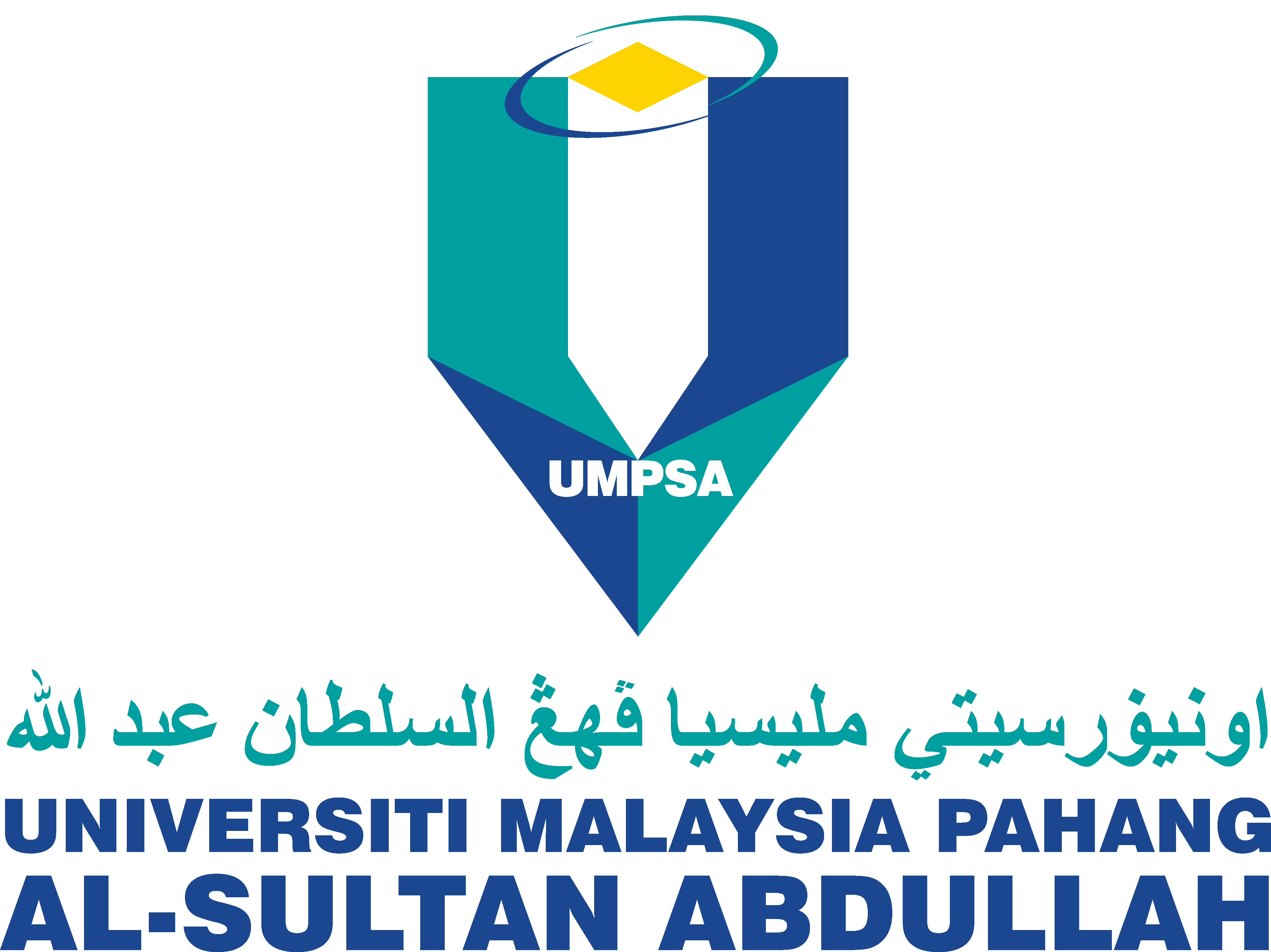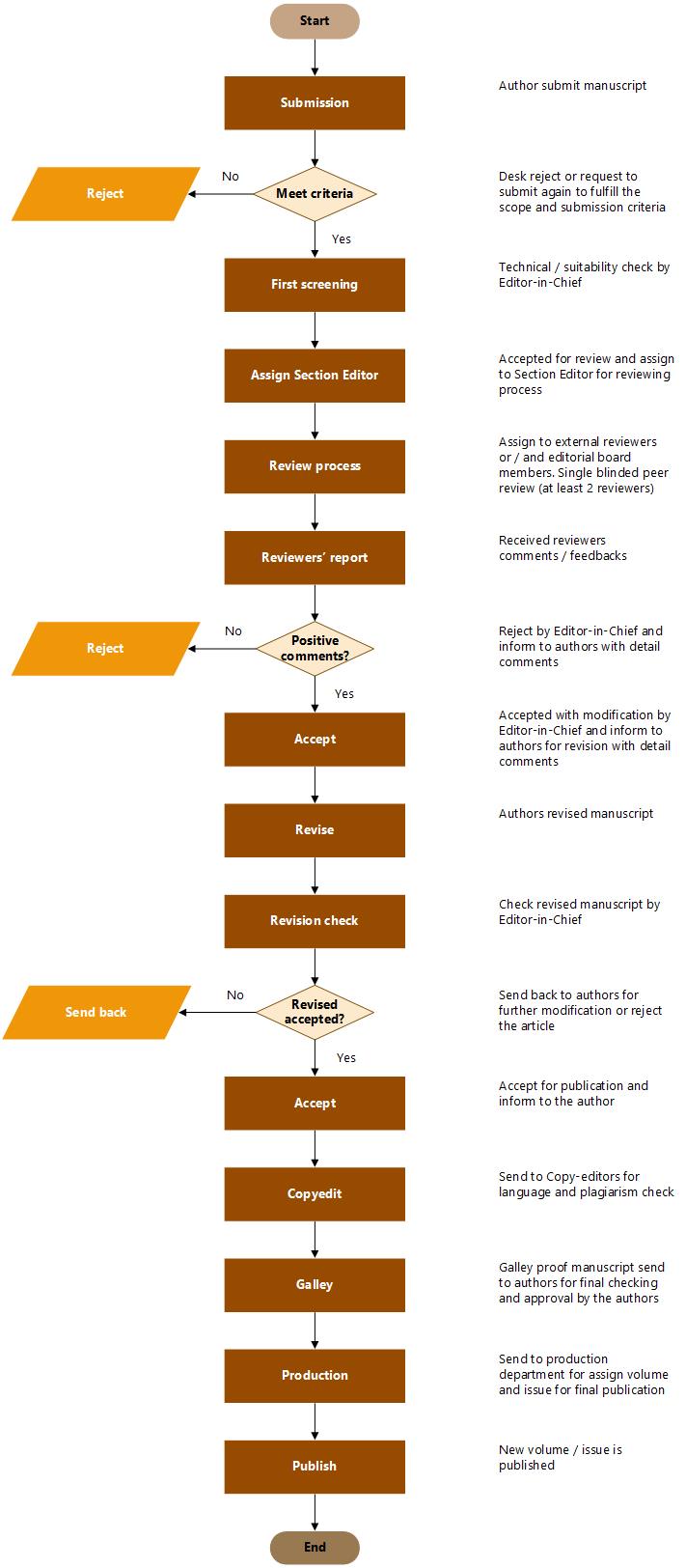

Published articles in peer-reviewed journals serve as critical components in the development of an organized and respected system of knowledge. Peer review is an essential component in maintaining high standards in academic publication. Single-blind peer review is used to evaluate manuscripts submitted for publication in DAAM. The identities of the reviewers are not revealed to the author in this type of review.
All contributions will be initially assessed by the editor for suitability for the journal. Papers deemed suitable are then typically sent to a minimum of two independent expert reviewers to assess the scientific quality of the paper. The Editor is responsible for the final decision regarding the acceptance or rejection of articles. The Editor's decision is final. Editors are not involved in decisions about papers that they have written themselves or have been written by family members or colleagues or which relate to products or services in which the editor has an interest. Any such submission is subject to all the journal's usual procedures, with peer review handled independently of the relevant section editors.
Independent reviewers are asked to evaluate the quality of the manuscript and to provide a recommendation on whether a manuscript can be accepted, requires revisions, or should be rejected. Peer review of a submitted manuscript is carried out while keeping in mind the scope of the manuscript as well as the expertise of the reviewers involved. Manuscripts are forwarded for evaluation to Editor-in-Chief and Section Editors as well as external reviewers to check:
Originality: Submitted manuscript should be original and have the quality to contribute to the respective field of research.
Significance: Results should be interpreted appropriately and significantly. Conclusions must be justified and supported by the results.
Layout and Format: The formatting of the manuscript should be according to the Author's Guidelines.
Interest to the Readers: The manuscript should fall within the scope of the journal.
English Level: The English language must be appropriate and understandable.
Overall Merit: Overall benefit of publishing the paper.
All manuscripts that are accepted through the first screening process by the Editors-in-Chief will then undergo a review process. The Section Editor appointed at least two independent reviewers from the subject matter experts. The peer-review process is completed once the reviewers send a detailed report with their comments and recommendations on the manuscripts. The types of decisions are categorised below:
Accept Submission: The manuscript is accepted in its original form. This kind of decision outcome is quite uncommon.
Revision Required: The manuscript is accepted for publication after minor/major modifications or adjustments.
Resubmit for Review: The journal is willing to reconsider the manuscript in a subsequent round of decision-making provided that the authors make significant revisions to their manuscript.
Resubmit Elsewhere: The manuscript is rejected due to not being a good fit for the focus and scope of the journal.
Decline Submission: The manuscript is rejected with no opportunity for resubmission to the journal due to major errors.
The comments from reviewers are checked by the Editor-in-Chief. The review reports are modified by the Editor-in-Chief if the comments contain sensitive information or are written in a manner that is unsuitable for scholarly communication.
FLOWCHART OF REVIEWING PROCESS:

